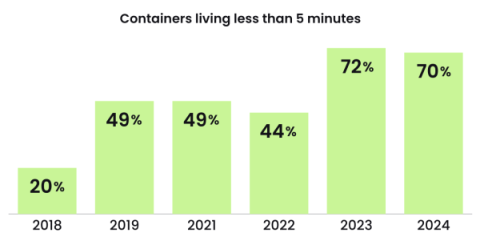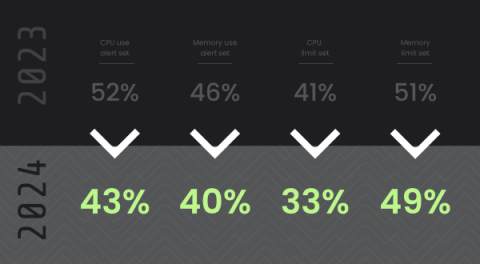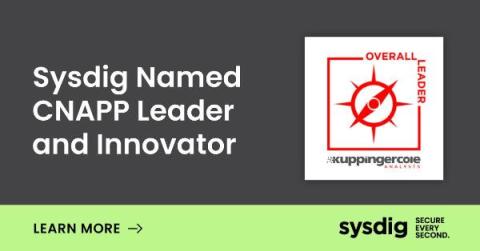Sysdig Named Leader and Outperformer in GigaOm Radar for Container Security
Containers have revolutionized development in the cloud, allowing dev teams to work with unprecedented speed, efficiency, and scale. But securing containers at that speed and scale can be a thorny problem. The infrastructure of containers is complex and contains multiple attack vectors, and most enterprises don’t have the time or resources to secure all attack vectors for all containers.











